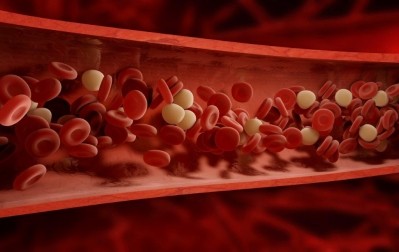New drug target in multiple myeloma
incurable cancer of immune cells called plasma cells that are
present in the blood and bone marrow.
The research, published in the February issue of Cancer Cell, reveals a frequent and common abnormal cellular event that occurs in about half of all myeloma cases and identifies an attractive target for therapeutic intervention.
A research team led by Louis Staudt from the National Cancer Institute in Bethesda, Maryland examined a cancer-causing gene, or oncogene, called c-maf and the interaction of myeloma cells with other types of cells within the bone marrow.
Using a genetic screening technique, the researchers found that c-maf was present and elevated in about half of all myeloma cases whereas it was absent from normal plasma cells.
Moreover, they demonstrated that c-maf increases the production of not only factors that directly promote tumour cell growth but also promotes cancer growth indirectly by increasing adhesion of pathological tumour cells to other types of cells within the bone marrow. Most significantly, inhibition of c-maf function in myeloma cells blocked tumour formation in mice.
The researchers conclude that the gene is both functional and overabundant in close to one half of all myelomas and contributes to the pathology of the disease by stimulating both cell proliferation and attachment to structural elements within the bone marrow.
Multiple myeloma is the second most common cancer of the blood and although the disease is predominantly a cancer of the elderly (the peak age of onset is 65 to 70 years of age), recent statistics indicate both increasing incidence and younger age of onset. About 11,000 people in the US (5,800 men and 5,400 women) died from the disease in 2002.








